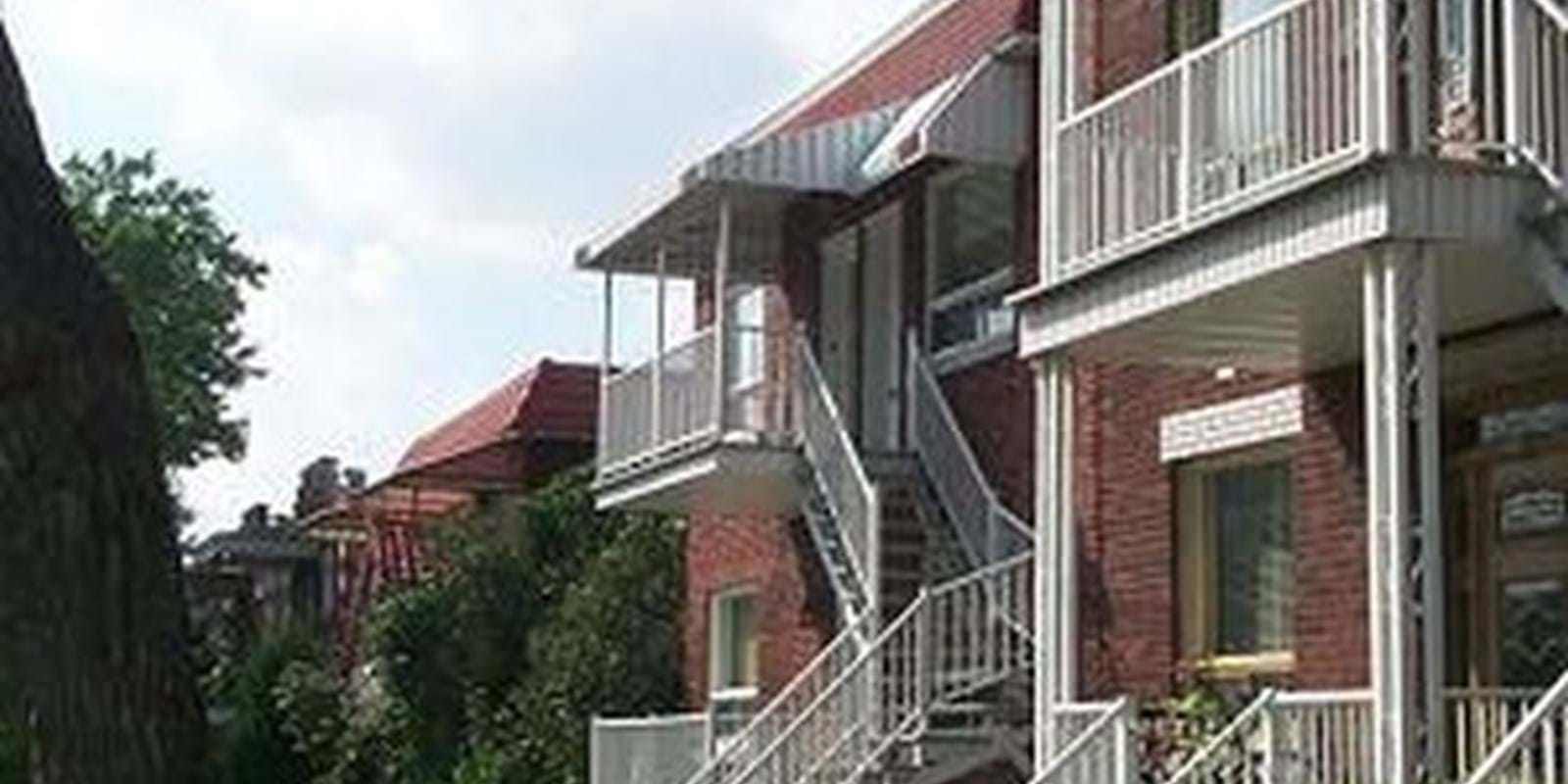Housing affordability levels in Quebec improved in two of three categories in the second quarter of 2012, while most regions of Canada saw the costs of owning a home at market prices increase as a share of household income, according to the latest Housing Trends and Affordability Report , released today by RBC Economics. At the same time, home resales were brisk in the province, reaching the third-highest second quarter total on record.
“We continue to see housing affordability measures trend sideways in Quebec, with the changes in the most recent period generally moving in the opposite direction in comparison to the previous quarter and in contrast to what occu rred in most of the country,” noted Robert Hogue, senior economist, RBC. “Housing affordability improved slightly for detached bungalows and c ondominium apartments, while it eroded somewhat for two-storey homes. Overall, t hese changes kept affordability levels close to historical averages in Quebec and have yet to be a significant strain on homebuyer demand.”
RBC’s housing affordability measures capt ure the province’s proportion of pre-tax household income needed to service the co sts of owning a home at market values. The measure for standard two-storey homes increased to 42. 7 per cent, an increase of 0.2 percentage points over the previous quarter (an increase in the measure represents deterioration in affordability). The benchmark measures fo r detached bungalows and standard condominiums declined by 0.7 per cent and 0.5 per cent – to 34.0 and 27.3 per cent respectively – moving both thes e housing types close to their long-term average.
Montreal-area affordability improves
Second quarter 2012 housing affordability measures in Montreal reversed most of the notable deterioration in the first quar ter, falling between 0.9 per cent and 1.0 per cent. RBC’s affordability measures fell across all housing types in the Montreal area, with detached bungalows l eading the way (down 1.0 per cent to 40.4 per cent), followed by standard two-storey homes and standard condominiums, both of which dipped down 0.9 percentage points (to 52.6 per cent and 31.6 per cent respectively).
“The improvement in affordability in Montreal defies the trend elsewhere in the country, although this may simply be a reflection of greater-than-usual volatility in the Montreal numbers recently,” added Hogue. “Despite this improved affordability, the two-storey home category continues to look somewhat stretched in the city, exceeding both its long-run average of 42.6 per cent and the current nationa l mark of 49.4 per cent.”
“We continue to see housing affordability measures trend sideways in Quebec, with the changes in the most recent period generally moving in the opposite direction in comparison to the previous quarter and in contrast to what occu rred in most of the country,” noted Robert Hogue, senior economist, RBC. “Housing affordability improved slightly for detached bungalows and c ondominium apartments, while it eroded somewhat for two-storey homes. Overall, t hese changes kept affordability levels close to historical averages in Quebec and have yet to be a significant strain on homebuyer demand.”
RBC’s housing affordability measures capt ure the province’s proportion of pre-tax household income needed to service the co sts of owning a home at market values. The measure for standard two-storey homes increased to 42. 7 per cent, an increase of 0.2 percentage points over the previous quarter (an increase in the measure represents deterioration in affordability). The benchmark measures fo r detached bungalows and standard condominiums declined by 0.7 per cent and 0.5 per cent – to 34.0 and 27.3 per cent respectively – moving both thes e housing types close to their long-term average.
Montreal-area affordability improves
Second quarter 2012 housing affordability measures in Montreal reversed most of the notable deterioration in the first quar ter, falling between 0.9 per cent and 1.0 per cent. RBC’s affordability measures fell across all housing types in the Montreal area, with detached bungalows l eading the way (down 1.0 per cent to 40.4 per cent), followed by standard two-storey homes and standard condominiums, both of which dipped down 0.9 percentage points (to 52.6 per cent and 31.6 per cent respectively).
“The improvement in affordability in Montreal defies the trend elsewhere in the country, although this may simply be a reflection of greater-than-usual volatility in the Montreal numbers recently,” added Hogue. “Despite this improved affordability, the two-storey home category continues to look somewhat stretched in the city, exceeding both its long-run average of 42.6 per cent and the current nationa l mark of 49.4 per cent.”

